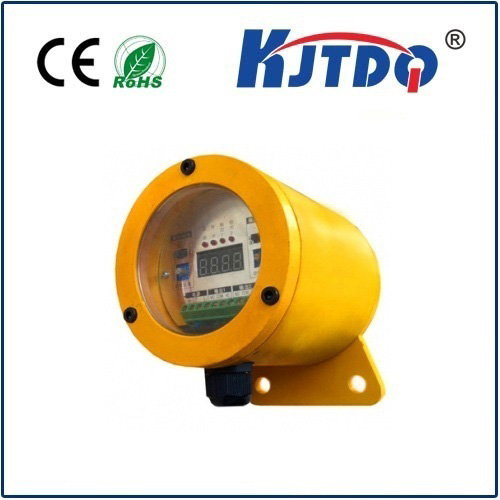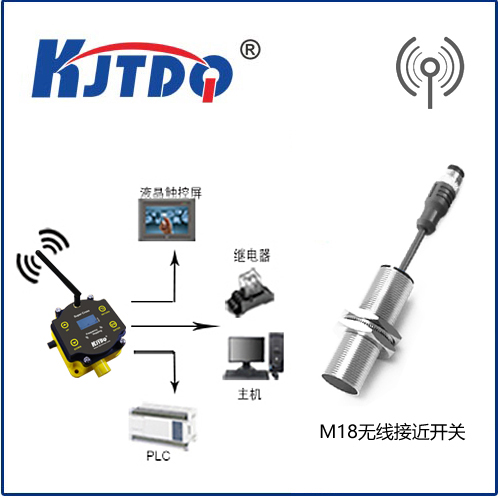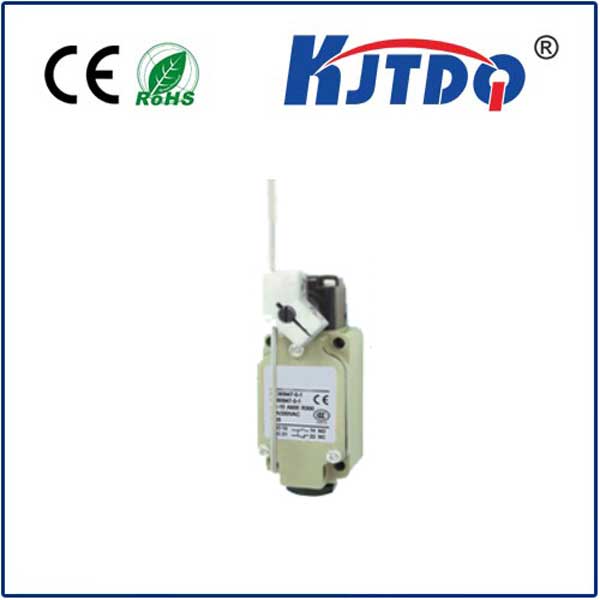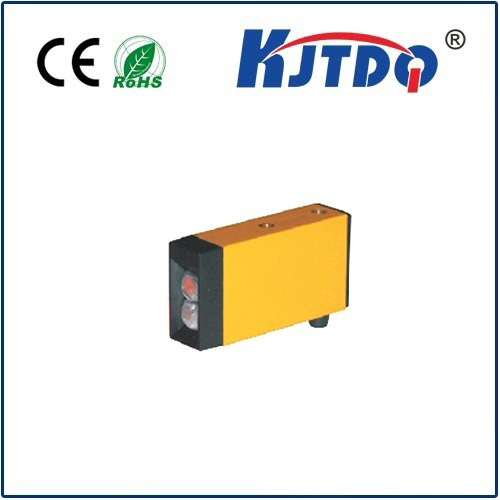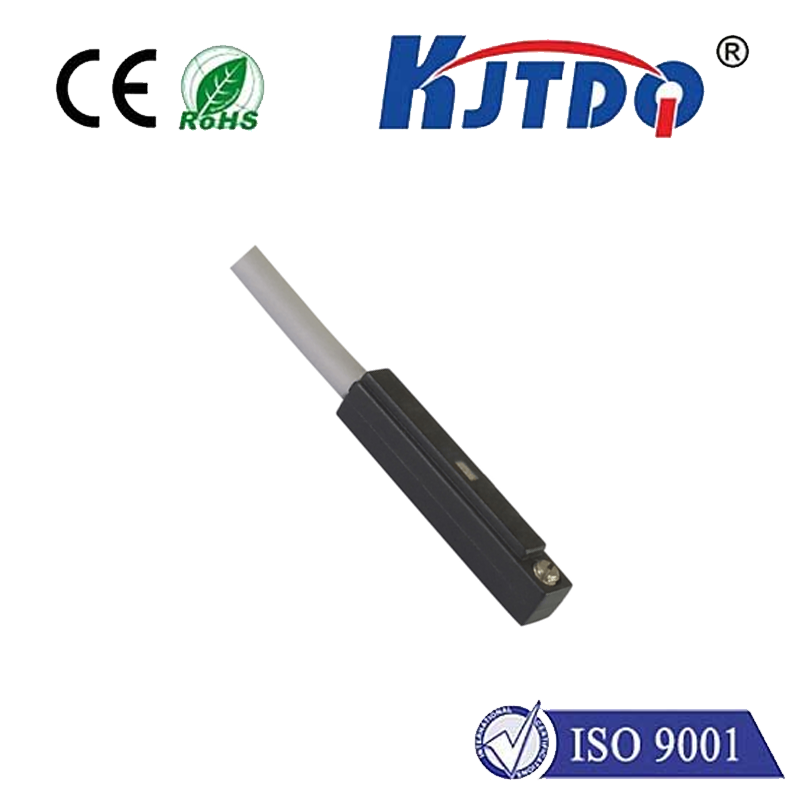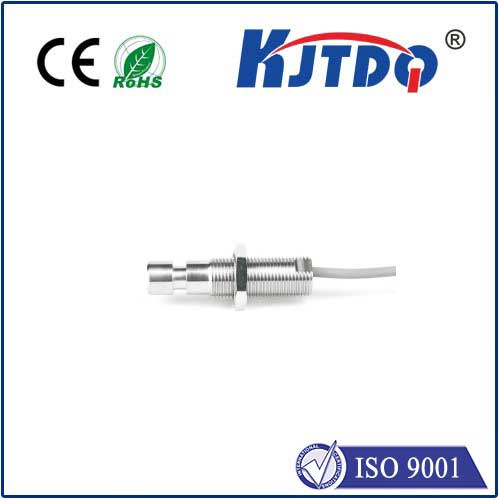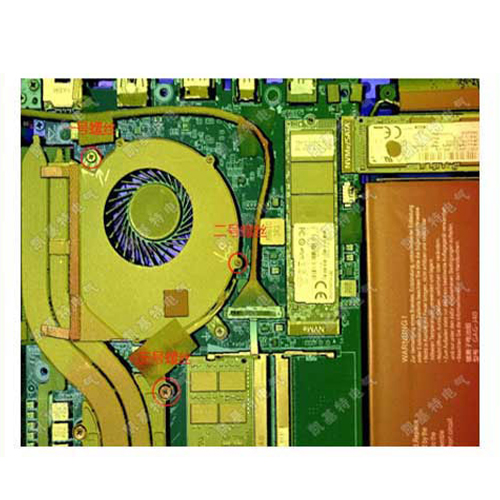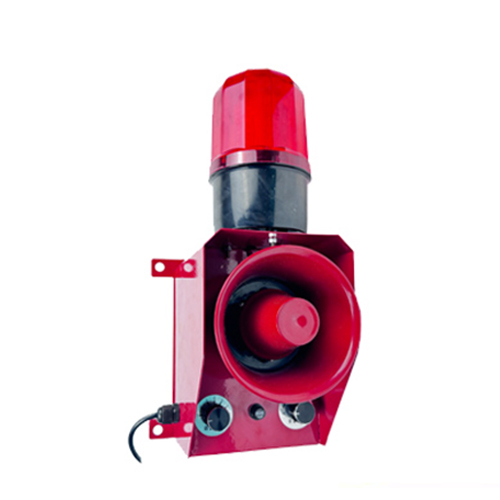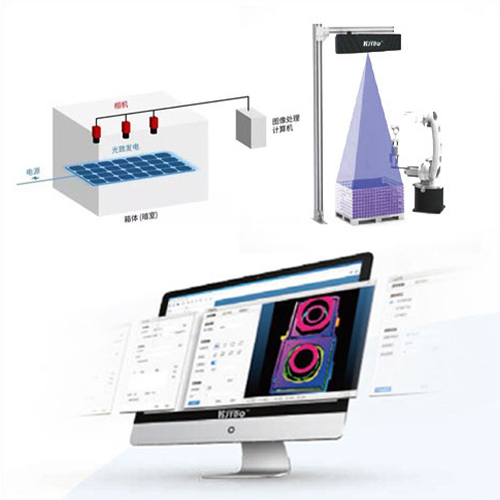en 60947 5 Ограничительный переключатель
- time:2025-07-31 00:30:23
- Нажмите:0
IEC 60947-5: The Essential Standard for Reliable & Safe Limit Switches in Automation
What separates a basic mechanical switch from a critical safety component in demanding industrial environments? The answer often lies in its adherence to stringent international standards like IEC 60947-5. Limit switches are ubiquitous sensors in factories, warehouses, and processing plants worldwide. They silently perform the vital task of detecting the presence, absence, position, or end-of-travel of objects within machinery and automated systems. While their function seems straightforward – opening or closing an electrical circuit upon physical actuation – the reliability, durability, and safety they must provide, especially in harsh conditions, demand rigorous design and manufacturing criteria. This is precisely where the IEC 60947-5 standard becomes indispensable.
Understanding the IEC 60947-5 Mandate
IEC 60947-5, titled “Low-voltage switchgear and controlgear - Part 5: Control circuit devices and switching elements,” is an internationally recognized benchmark published by the International Electrotechnical Commission (IEC). Crucially, Subclause 60947-5-1 specifically addresses “Electromechanical control circuit devices,” which is the category encompassing standard industrial limit switches. Its primary objectives are:
- Performance & Durability:
- Defines rigorous testing procedures for mechanical operation (number of operating cycles), electrical endurance (switching capability under load), impact resistance, and resistance to environmental factors like dust (IP ratings), moisture, and temperature extremes.
- Ensures the switch can withstand the physical demands of its intended application over its specified lifespan. Testing to millions of operations is common for robust devices.
- Electrical Safety & Ratings:
- Establishes clear rules for Напряжение (AC/DC), current (rated operational current - Ie, utilization category - AC-15/DC-13), and short-circuit protection requirements.
- Mandates adequate clearance and creepage distances within the switch to prevent arcing, tracking, and electrical failures, ensuring operator and equipment safety.
- Constructional Integrity:
- Specifies robust material requirements, terminal security, and resistance to corrosion, ensuring the switch maintains its functionality in challenging industrial settings like manufacturing floors or outdoor installations.
- Consistency & Interchangeability:
- Provides standardized terminology, testing methods, and marking requirements (including crucial symbols like the rated operational voltage/current, IP rating, manufacturer, and relevant certification marks).
- This allows engineers and maintenance personnel globally to select and replace components based on consistent, verifiable specifications.
IEC 60947-5-1: The Heart of Limit Switch Safety
While Part 5 covers a broad range of control devices, IEC 60947-5-1 is particularly vital for limit switches. It sets the foundational safety and performance expectations. However, for applications where switch failure could directly lead to hazardous situations (e.g., failing to stop a machine guarding access), IEC 60947-5-1 also paves the way for higher safety integrity levels.

The standard incorporates fundamental safety principles derived from IEC 60947-1 (the overarching general rules). A key concept for safety-critical applications defined here is positive opening operation: This mandates that the opening of contacts is directly linked to the actuator movement through a rigid, non-spring-dependent mechanism (like a snap-action principle), ensuring contacts open reliably even if the operating spring fails. This principle is often essential for achieving higher safety certifications.
Beyond the Basics: The Role of IEC 60947-5-3 (Position Switches with Positive Opening)
For applications demanding the highest level of safety – where a limit switch failure could lead to serious injury or damage – compliance with IEC 60947-5-1 alone is insufficient. This is where IEC 60947-5-3, titled “Control circuit devices and switching elements - Requirements for proximity devices with defined behaviour under fault conditions (PDDB)” (often colloquially referred to for positively driven position switches), becomes critical.
This standard defines stricter requirements specifically for safety-related position switches. Devices certified to IEC 60947-5-3 undergo more rigorous fault simulation testing to assess their behavior under failure modes. They are designed to achieve specific Safety Integrity Levels (SIL) as defined in IEC 62061 or Performance Levels (PL) as defined in ISO 13849-1 for safety functions within machine control systems. Key features mandated by IEC 60947-5-3 include:
- Force Guided Contacts (Mechanically Linked Contacts): Contacts are rigidly linked so that normally open (NO) and normally closed (NC) contacts cannot be closed simultaneously, providing a detectable fault condition critical for safety monitoring circuits.
- Enhanced Positive Opening Operation: Even stricter requirements for reliable contact separation under all specified conditions.
- Defined Failure Modes: The switch’s behavior under failure (like welded contacts) is predictable and detectable, allowing the safety control system to react appropriately (e.g., initiate a safe shutdown).
Why Choosing an IEC 60947-5 Compliant Limit Switch Matters
Selecting a limit switch designed and tested to IEC 60947-5 standards offers significant advantages beyond mere regulatory compliance:
- Enhanced Reliability & Uptime: Strict testing for mechanical and electrical endurance translates directly to fewer unexpected failures, minimizing costly production downtime and maintenance interventions.
- Повышение безопасности: Rigorous specifications for construction, electrical clearances, and (for compliant safety switches) positive operation with force-guided contacts provide essential protection for personnel and equipment.
- Simplified Specification & Interchangeability: Standardized markings and performance data make selecting the right switch for the job easier and ensure functional replacements are readily available.
- Global Acceptance: IEC standards are internationally recognized, facilitating market access and acceptance across different regions.
- Durability in Harsh Environments: Compliance ensures the switch can handle the operational stresses, vibrations, temperature variations, and ingress threats common in industrial settings.
- Foundation for Higher Safety Levels: For critical applications, IEC 60947-5-1 compliant switches provide the base requirements, while IEC 60947-5-3 certified devices are essential components in achieving certified machine safety (SIL/PL).
Applications Leveraging IEC 60947-5 Limit Switches
The robustness and reliability mandated by this standard make compliant limit switches suitable for virtually any industrial automation scenario:
- Machine Tooling: Position detection for tool changers, clamps, slides, and spindles. End-of-travel limits on axes.
- Перевозка материалов: Detecting pallet positions on conveyors, presence in sorting systems, and door/gate status on AGVs (Automated Guided Vehicles).
- Packaging Machinery: Verifying carton presence, case sealer closure, and label applicator positions.
- Robotics: Confirming end-of-arm tooling positions and robot arm travel limits.
- Process Control: Valve position feedback, tank level indication (high/low limits), and door interlocks on process vessels.
- Elevators & Escalators: Floor level positioning and door safety interlocks.
Choosing the Right IEC 60947-5 Compliant Limit Switch: Key Considerations
When specifying a limit switch governed by this standard, focus on these critical parameters:
- Application Requirements: Actuation force needed, type of actuator (roller lever, whisker, plunger), required mounting configuration.
- Environmental Conditions: Required IP (Ingress Protection) rating for dust and moisture, temperature range, potential exposure to chemicals or oils.
- Electrical Load: Rated Operational Current (Ie) and Utilization Category (e.g., AC-15 for AC solenoid loads, DC-13 for DC solenoid loads) must match the load being switched. Voltage requirements (AC or DC).
- Durability Needs: Required mechanical life (number of operating cycles) and electrical life (number of operations under rated load).
- Safety Criticality: Is the switch part of a safety function? If yes, look specifically for **I








